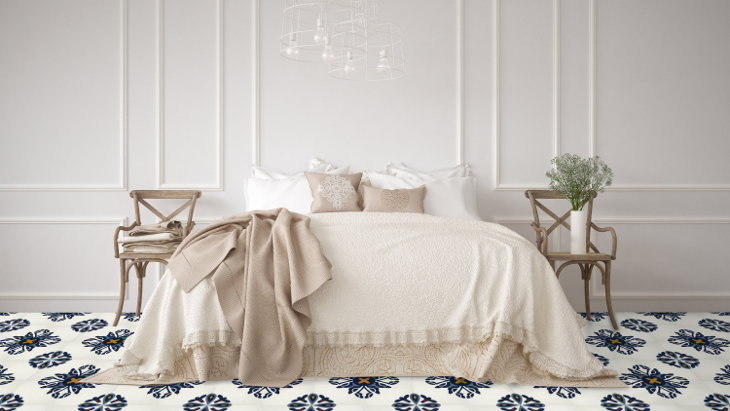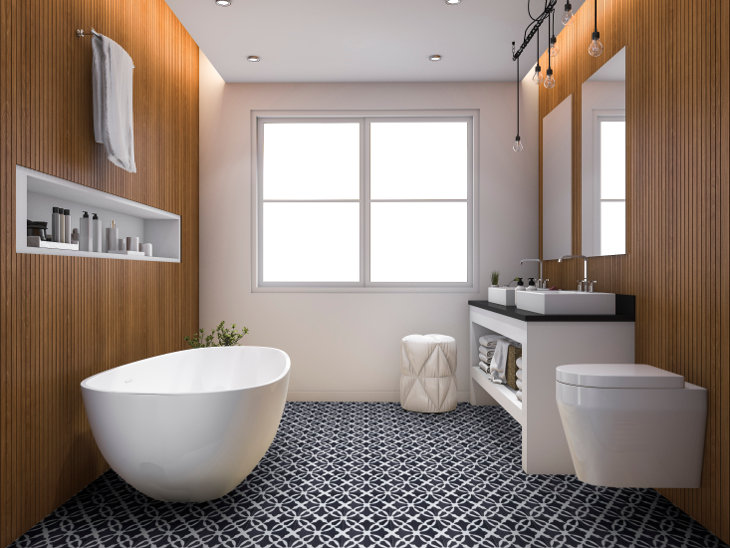As one of the designers at Fordham Marble, I can say this is one of the many questions we are frequently asked: “Which are better, Cement Tiles or Porcelain Tiles?” Well, there is no clear cut answer. I know, not the answer you hoping for. But there is more. Not to worry. I have here a list of more commonly asked questions that will help you decide which is best for your project - Cement or Porcelain.

Yes, to keep your Cement tiles looking in tip-top shape, sealing is recommended prior to any foot traffic or water on them. By doing this you will preserve the look which attracted you to the tile from the beginning.
Yes. You can put cement tiles in your entry but it certainly sets the vibe for the whole house. If you have again a Mediterranean or a Spanish style house then go for it, but if you have an English Tudor, then be careful what pattern you go for and choose one that has a more delicate, traditional feeling.
No, this market has been steadily increasing not only for its craftsmanship, durability & sustainability. The color layer is 1/8″ deep and basically never wears off. There are historic installations of cement tile that are over 100 years old and are still in very good shape.

Without getting too technical, they're made of natural components, and because they’re not fired, no fossil fuels are burned in their production. Cement tiles are made from a mixture of sand, cement, color pigment, and a marble powder that is poured into metal molds, backed by a dry concrete mixture, and then compressed under 2,000 pounds of pressure. Cement tiles have high thermal mass, acting as excellent insulators for your family’s comfort and your home’s energy bills. They’re also made with natural pigments. That impresses me - how about you?
There is something about the charm of Cement Tiles that is lost in Porcelain. When it comes to combining beauty with functionality, no product outshines cement tiles. They last far longer than porcelain bathroom tiles and wood.

Known as the most durable type of tile on the market, porcelain is harder, denser, tougher, and less porous than ceramic tile. It also has a very low absorption rate, meaning it's virtually impervious to water damage, even after prolonged exposure. This characteristic makes it an ideal choice for bathrooms, laundry rooms, patios, and other moisture-prone areas. Since porcelain tile can withstand heavy traffic over long periods of time, it works well as a flooring and countertop material.
Despite its durability and versatility, porcelain has two major drawbacks: price and ease of cutting. On average, porcelain tile costs at least 60 percent more than its ceramic competitors. Also, due to its density and hardness, homeowners typically require a wet saw with a diamond blade to cut cleanly through the material. Professional installation is preferred for a flawless finish with undamaged tiles.
Call us at 203-348-5088 or stop by our showroom at 421 Fairfield Ave., Stamford, CT, if you have any questions or want to see samples of cement and porcelain tiles side-by-side.
(All cement tile photos courtesy of LiLi Cement Tiles.)